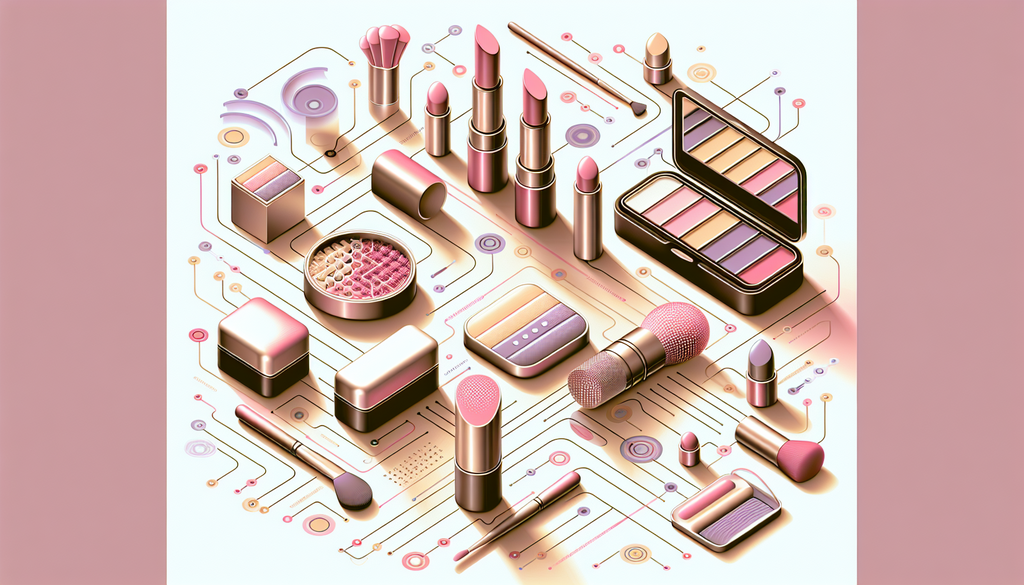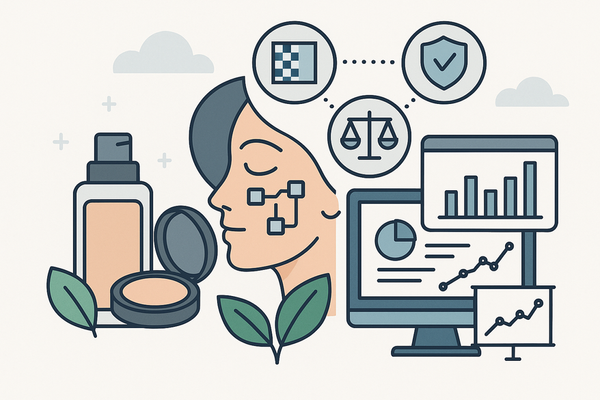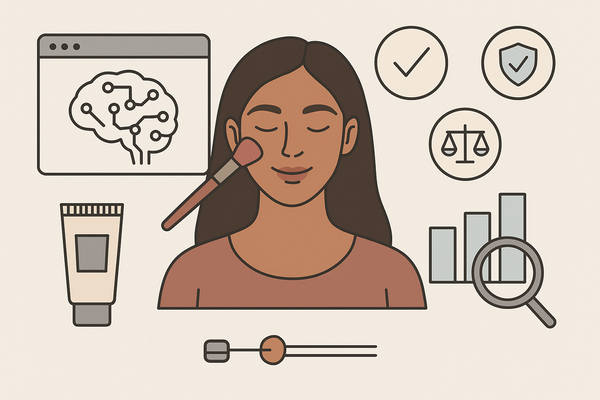Virtual Makeup Try-On: Revolutionizing Beauty with AR and AI
Explore how virtual makeup try-on with AR and AI is transforming beauty tech. Discover the benefits of AR makeup apps, AI analysis, and smart mirrors.

Estimated reading time: 6 minutes
Key Takeaways
- Real-time overlays powered by AR & AI deliver hyper-realistic virtual makeup.
- Smart mirrors and filter cameras extend virtual try-on beyond apps.
- Personalization through AI beauty analysis matches products to individual features.
- Commerce impact: higher conversions, fewer returns, rich data insights.
- Future trends include emotion detection, predictive style forecasting, and advanced lighting simulation.
Table of Contents
- Overview of AR Makeup App and AI in Beauty Tech
- In-Depth Look at Virtual Makeup Try-On
- Exploring AR Makeup Apps
- Smart Mirror Makeup Technology
- The Role of AI Beauty Analysis
- Makeup Filter Camera Innovations
- Beauty Tech Trends and Consumer Adoption
- Conclusion
- FAQ
Overview of AR Makeup App and AI in Beauty Tech
The virtual makeup try-on journey begins with the AR makeup app, an application that overlays cosmetics on a live camera feed using augmented reality and computer vision. From lipsticks to foundations, it maps digital makeup with pinpoint accuracy.
Smart mirror makeup takes this into the real world with reflective displays that let you experiment hands-free, complete with voice and touch controls.
AI beauty analysis powers personalization, assessing skin tone, texture, and facial landmarks to recommend ideal products. Brands like Makeup Check AI integrate these technologies for a seamless experience.
In-Depth Look at Virtual Makeup Try-On
How does it work? It’s a three-step process:
- Face Tracking: Detects 68+ landmarks (eyes, lips, nose) via computer vision to follow expressions.
- Mesh Generation: Builds a 3D mesh of your face for precise texture mapping.
- Mask Application: Applies cosmetic textures (lipstick, blush, eyeshadow) only to the mapped regions.
Benefits for consumers:
- Convenience: Try looks anywhere—no swatches or store visits needed.
- Experimentation: Swap bold colors risk-free and discover new styles.
- Personalization: AI tailors shade suggestions to skin tone and facial structure.
Exploring AR Makeup Apps
Key Features:
- Virtual Try-On Catalog: Real-time application of cosmetics via your device’s camera (virtual try-on technology for makeup).
- AI Recommendations: Automated matches to your profile and preferences.
- Social Sharing: Export looks to platforms like Instagram and Snapchat.
Leading Apps:
- YouCam Makeup: Renowned for real-time AR effects and tutorials.
- L’Oréal ModiFace: A pioneer that embeds try-on across web and mobile.
- Perfect Corp YouCam: Combines AR cosmetics with skincare analysis.
Smart Mirror Makeup Technology
What is it? An AR+AI-powered reflective display that projects virtual cosmetics onto your reflection. Found in flagship stores and smart homes, it blends physical and digital worlds.
Capabilities:
- Real-time facial analysis of shape and skin condition.
- Adjustable intensity overlays for diverse makeup options.
- Voice and touch navigation for hands-free control.
The Role of AI Beauty Analysis
AI Pipeline:
- Image Capture: High-res cameras input face data.
- Feature Extraction: Models identify tone, texture, landmarks.
- Recommendation Engine: Deep learning aligns features with product databases.
Commerce Impact: Personalized matches boost confidence and sales, while accurate previews cut down on returns. Brands also leverage anonymized data to refine offerings.
Makeup Filter Camera Innovations
Technology Overview:
Makeup filter cameras on social platforms detect faces in 2D/3D, overlay dynamic effects, and adjust in real time as you move.
Marketing & Engagement:
- Influencers demo products with live filters.
- User-generated content spreads brand buzz.
- Viral AR campaigns on social channels.
Beauty Tech Trends and Consumer Adoption
Current Trends:
- Mobile and web-based virtual try-on dominate e-commerce.
- Interactive smart mirrors in stores and homes.
- Deep-learning AI for robust personalization.
- Social media filter cameras as entry points.
Adoption Tips:
- Check app reviews and look for real-user demos.
- Review privacy policies regarding facial data.
- Confirm product range and shade availability.
- Test free trials or in-store smart mirror stations.
Conclusion
By uniting AR overlays with AI-driven analysis, virtual makeup try-on tools—spanning apps, smart mirrors, and filter cameras—are revolutionizing the beauty industry. They empower users to experiment fearlessly, shop with confidence, and enjoy a personalized experience. Ready to explore? Download an AR makeup app, visit a smart mirror demo, or try an AI beauty analysis tool today and stay ahead in the digital beauty revolution.
FAQ
Q: Is virtual makeup try-on accurate?
A: Modern AR apps track facial landmarks and simulate lighting, offering surprisingly realistic previews. AI further refines shade matching based on your unique features.
Q: Will my privacy be protected?
A: Reputable apps and devices use secure image processing, often anonymizing data. Always review privacy policies before using.
Q: Do I need special hardware?
A: Most virtual try-on features work on standard smartphones and tablets. Smart mirrors require dedicated displays but bring added convenience.




